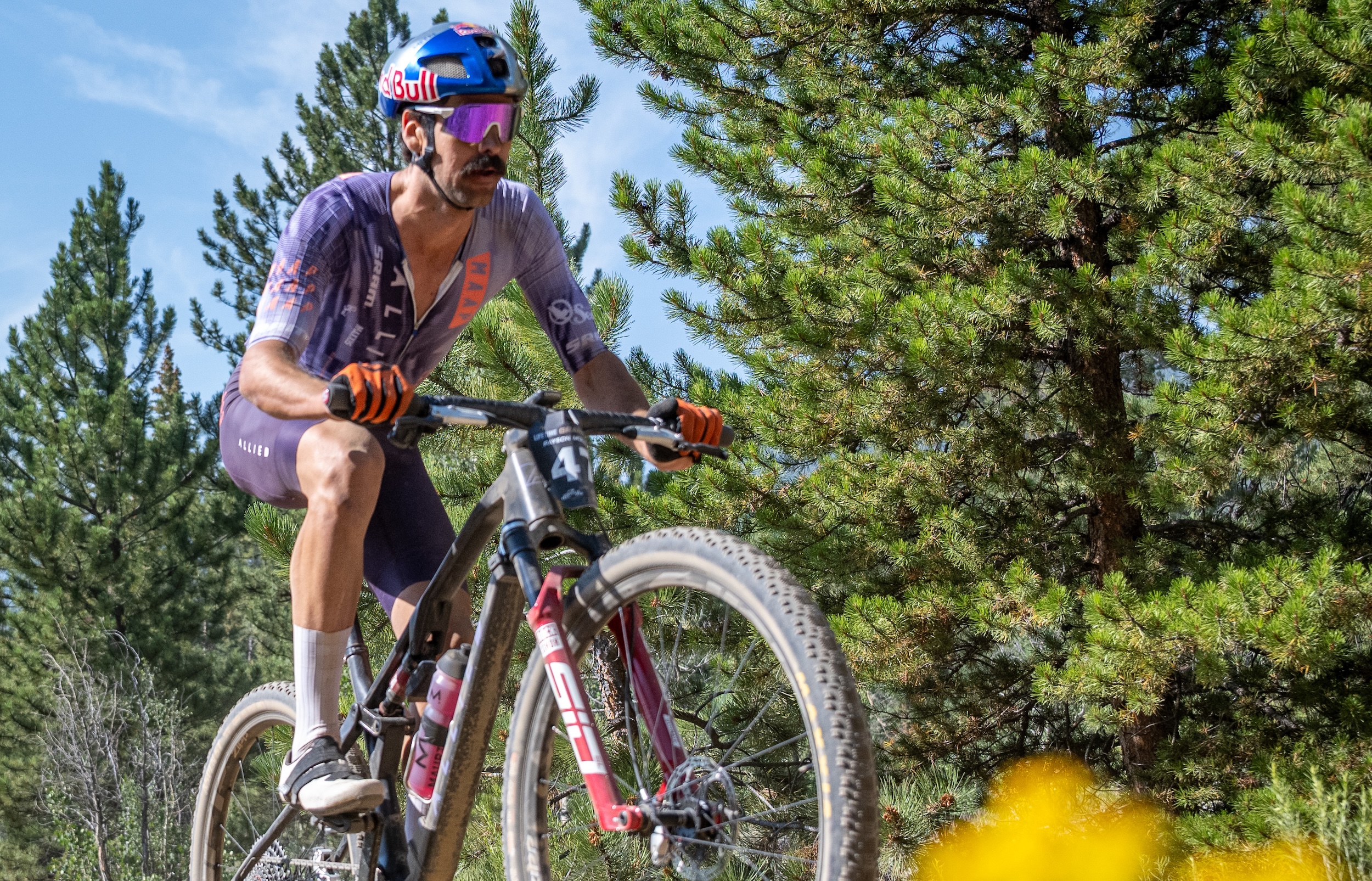I ride to work year round. Here are my top tips for making it actually enjoyable through the gloomy months ahead
Clothing, lights, luggage and the bike all come into play to get you to and from the office with a smile
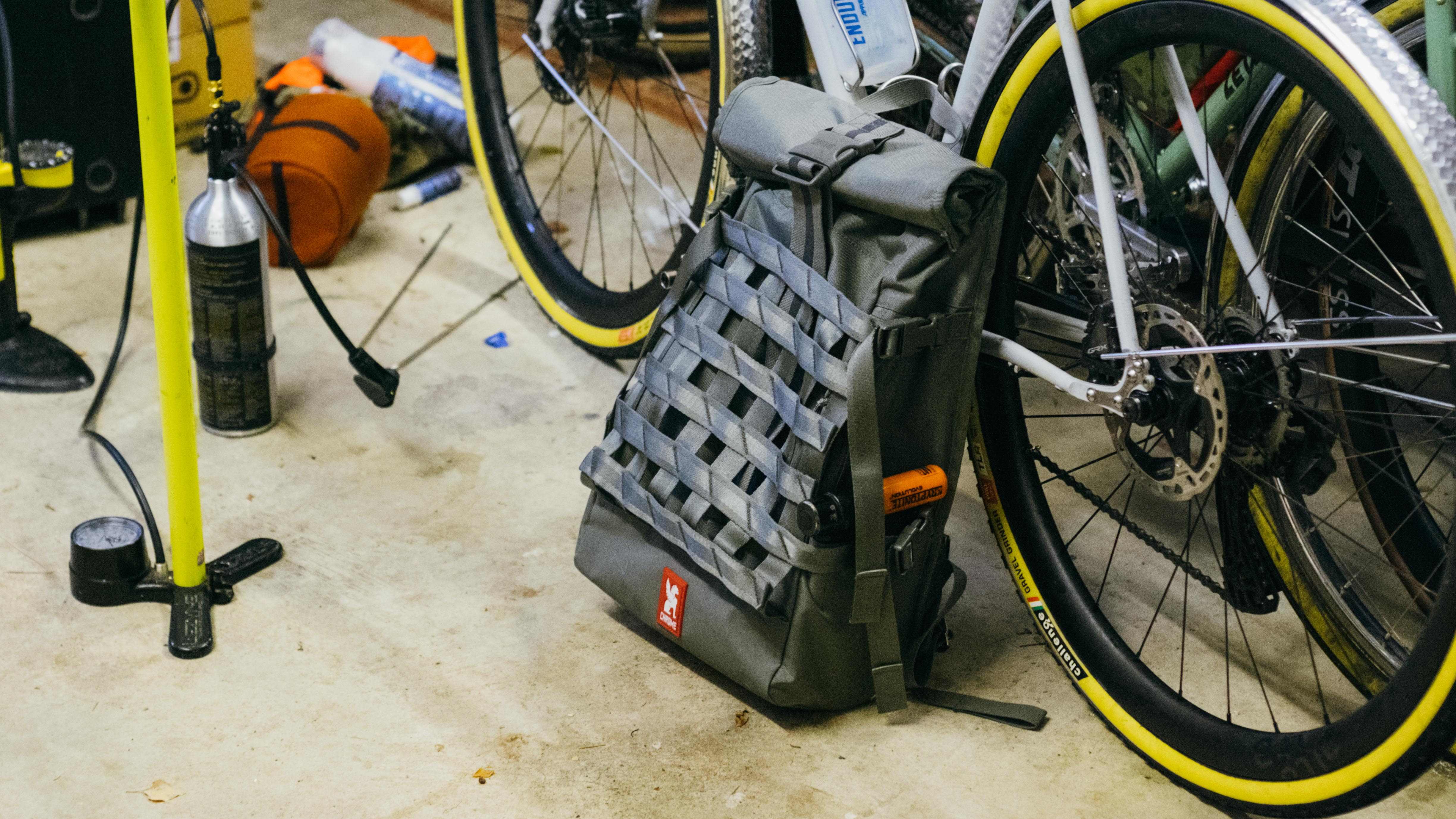
I really like riding to work, and there are very few situations where I’d take the train; usually it’s as a result of injury or, somehow, a lack of bicycles. When I have to hop into a metal tube filled with other people’s breath, I arrive at work flustered and irritable, but riding allows me to settle my bumpy brain, listen to an audiobook, and see the changing of the seasons as I pass through the same landscape week after week.
I do, however, appreciate that riding to work in the autumn and winter can be daunting. Not only do you have potentially inclement weather to deal with, but also luggage, darkness, and the increased wear and tear on your bike and your body.
How, then, can you turn what can be a money-saving and health-improving drudgery into a genuinely enjoyable experience?
Proper mudguards
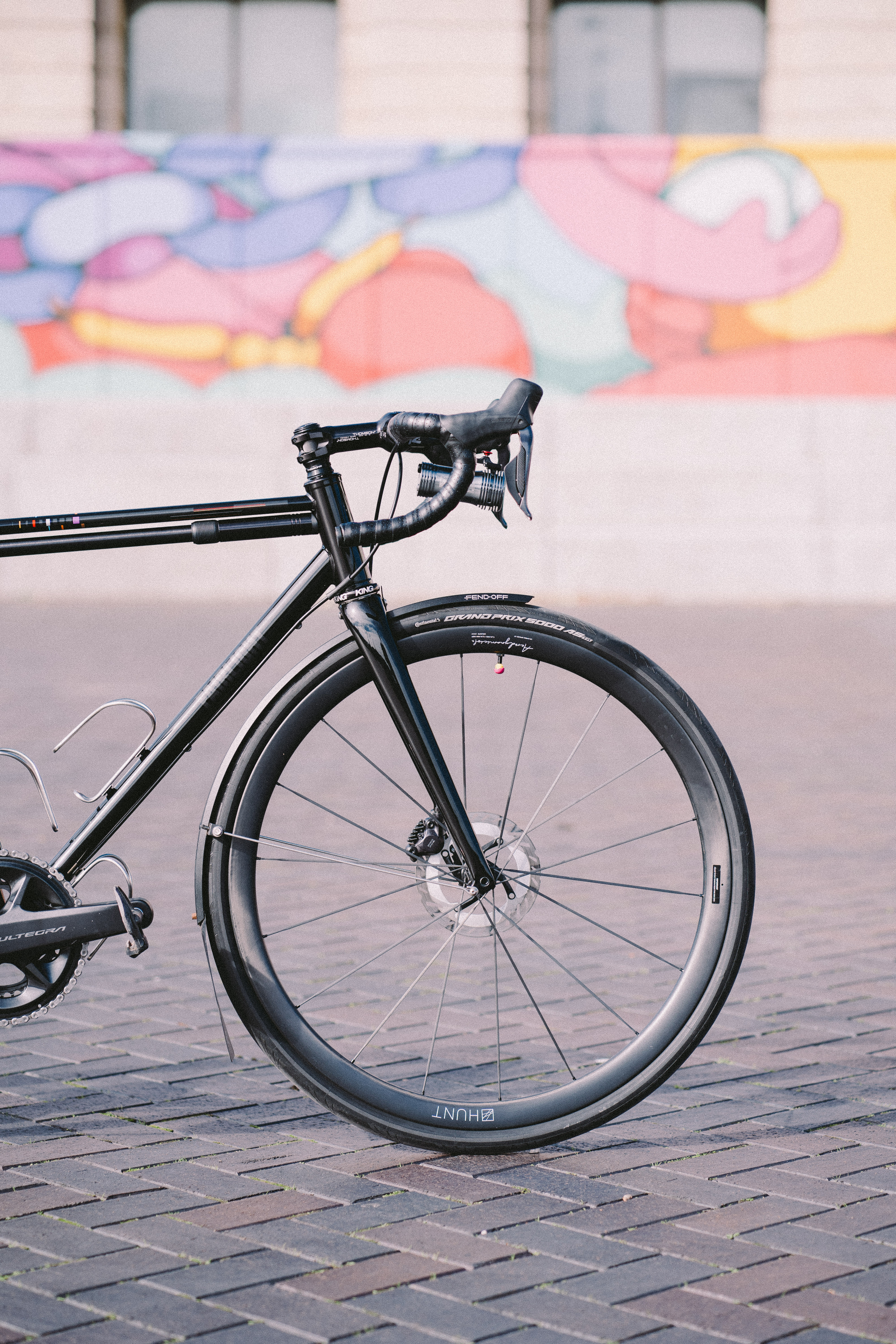
I cannot stress this enough: Fit full-length mudguards to your bike. Before you buy a new waterproof cycling jacket, fancy lights, or a new bag, focus on setting your bike up for success. You’d be amazed at how much water you avoid getting covered in by proper mudguards.
Rain from the sky is relatively clean, so you only really get wet, but water sprayed up from your tyres into your shins, feet, and backside will be a mixture of water, diesel, grit, decomposing leaf mulch, and whatever other detritus litters your commute route. It’ll make you filthy and miserable, and will be a blight on your ride even if there is only surface water.
You probably don’t have the luxury of waiting for the roads to dry or the skies to clear, so get some full coverage options. If your bike has mudguard mounts, then front up for sturdy metal ones and thank me later. My chosen pair are Kenesis Fend-Offs, but most solid sets are decent enough and allow you to go all in and fit flaps. Yes, they look dorky, yet they flap about, but especially on the front guard, they’ll get you to your destination in a much fitter state to create shareholder value.
Get the weight off your back
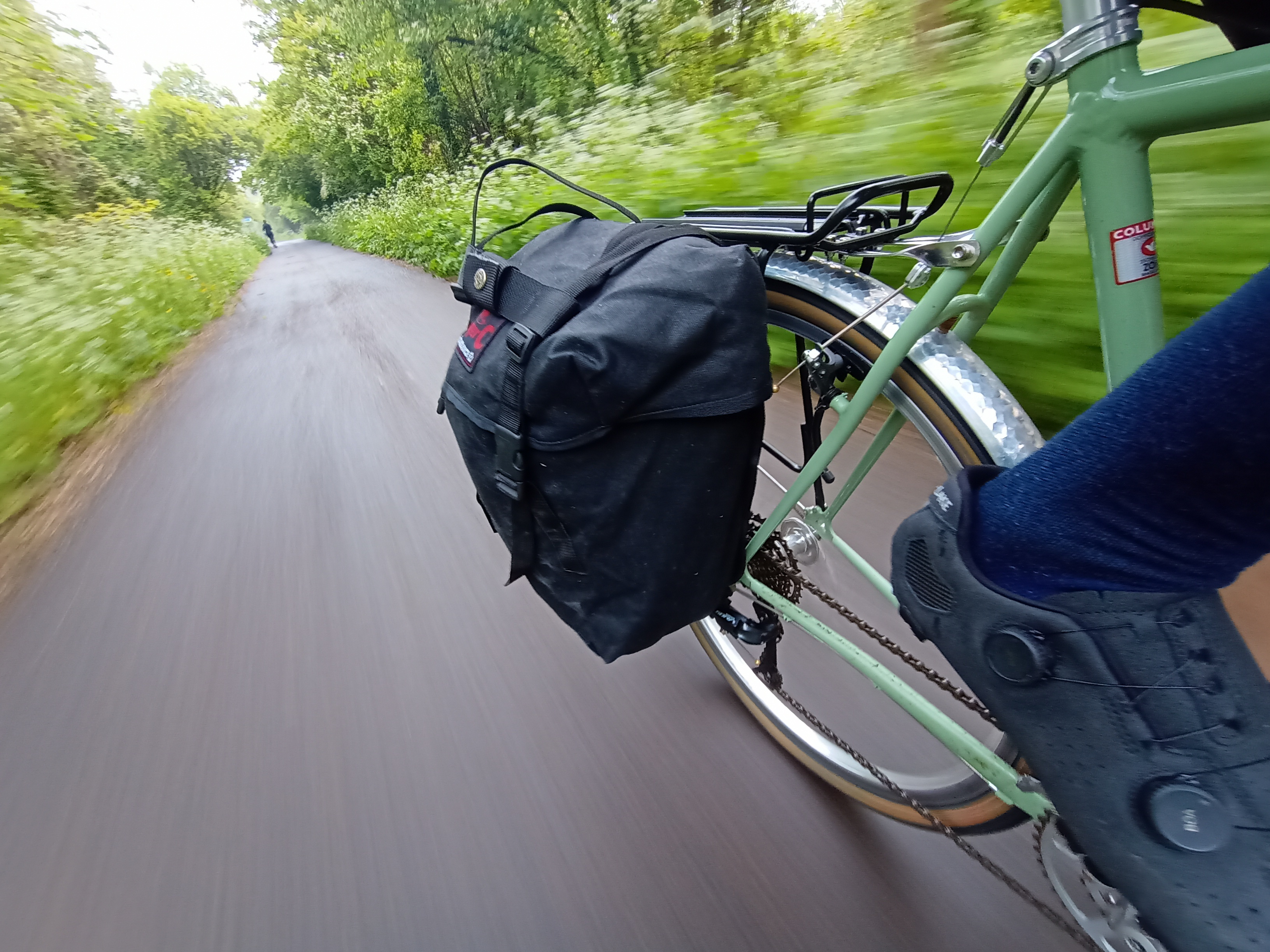
I appreciate that not everyone can have the luxury of a dedicated commuter bike. They are the ideal, with their cheaper parts, full mudguards (I will die on this hill), and pannier rack. Bike panniers are the gold standard for portage, and if you can fit a rack, then I suggest you do. It’s a very cheap way of having a more enjoyable ride.
The latest race content, interviews, features, reviews and expert buying guides, direct to your inbox!
The less weight you can carry on your back, the better, though, and winter often means increased luggage weights as we carry more and bulkier clothes into the office. If you have a locker, or even a drawer at your desk where you can stash a towel, some washing stuff, and a couple of changes of clothes, then you’re going to have a better time than if you carry everything in like a turtle.
Not only do heavy loads increase your risk of saddle soreness, but winter is prime time for sweaty backs. A great part of your body's temperature regulation takes place in the spine, and so allowing it to breathe more easily can stop you getting sweaty, not just on your back but all over, which can also stop you freezing when you stop, as it all evaporates.
If you must carry things on your back, then a dedicated cycling backpack is going to be a lot more comfortable and a lot more secure while pedalling than a generic one, but again, if you can fit panniers, then I’d go for that instead.
Don’t ride in your office clothes
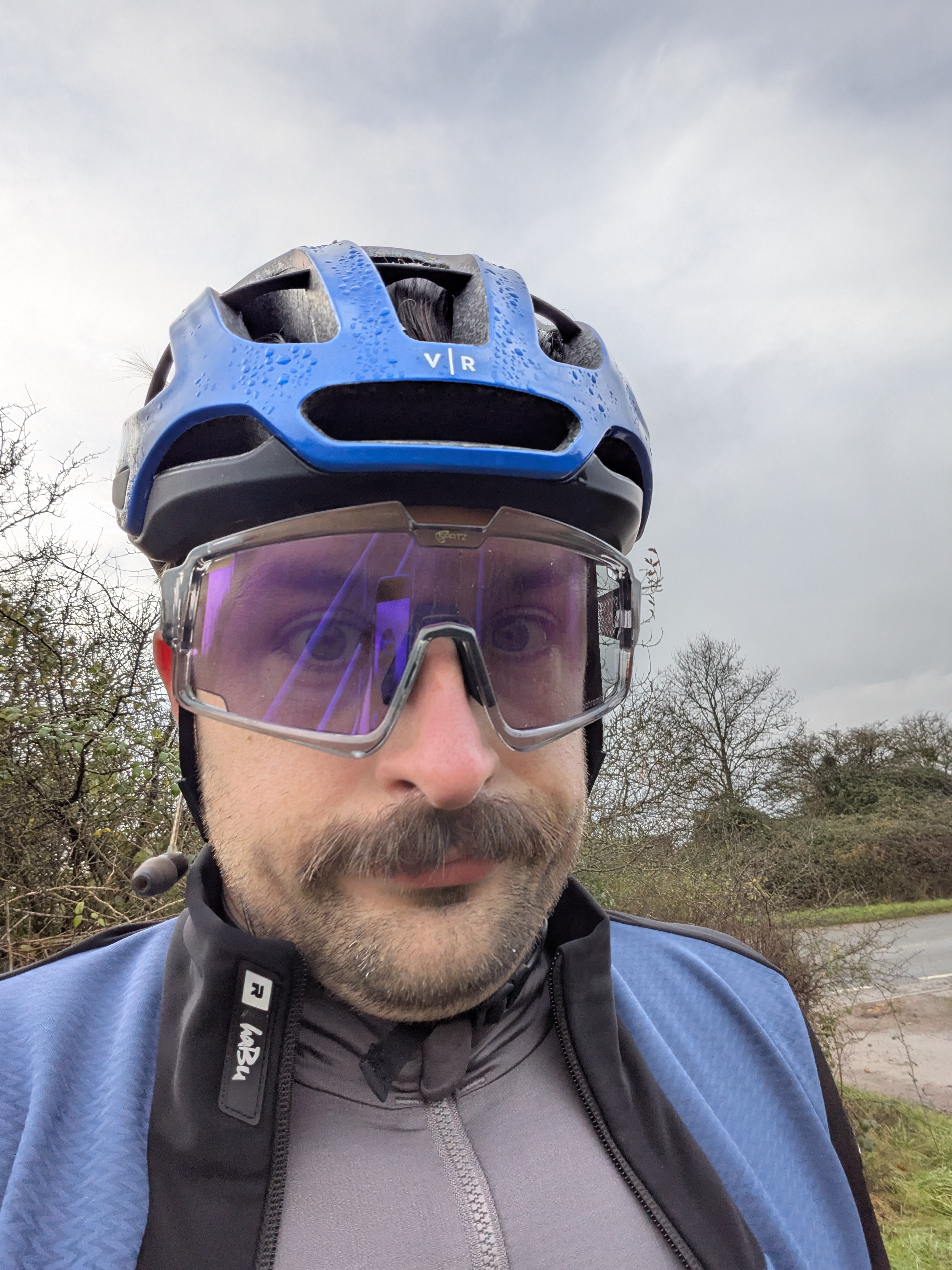
A really easy way to save carrying a heavy second set of clothes is to simply wear that heavy second set of clothes and ride in them. Don’t do this unless you live relatively close to work and are sure you can arrive without being drenched in sweat.
Normal civvies, made of cotton, wool, nylon, or polyester, simply aren’t breathable enough to cope with riding for even a moderate length of time without reducing you to a sweaty mess.
You really needn’t dress up in skintight lycra, but even having a set of sports clothing designed for higher energy outputs will allow you to remain at a more comfortable temperature, and then once you’re at work, you can change into a non-soggy outfit.
This also means if you get caught out in a surprise downpour, you won’t have to sit in drenched office wear all day like you’ve just fallen into the lobby fountain.
Allow more time
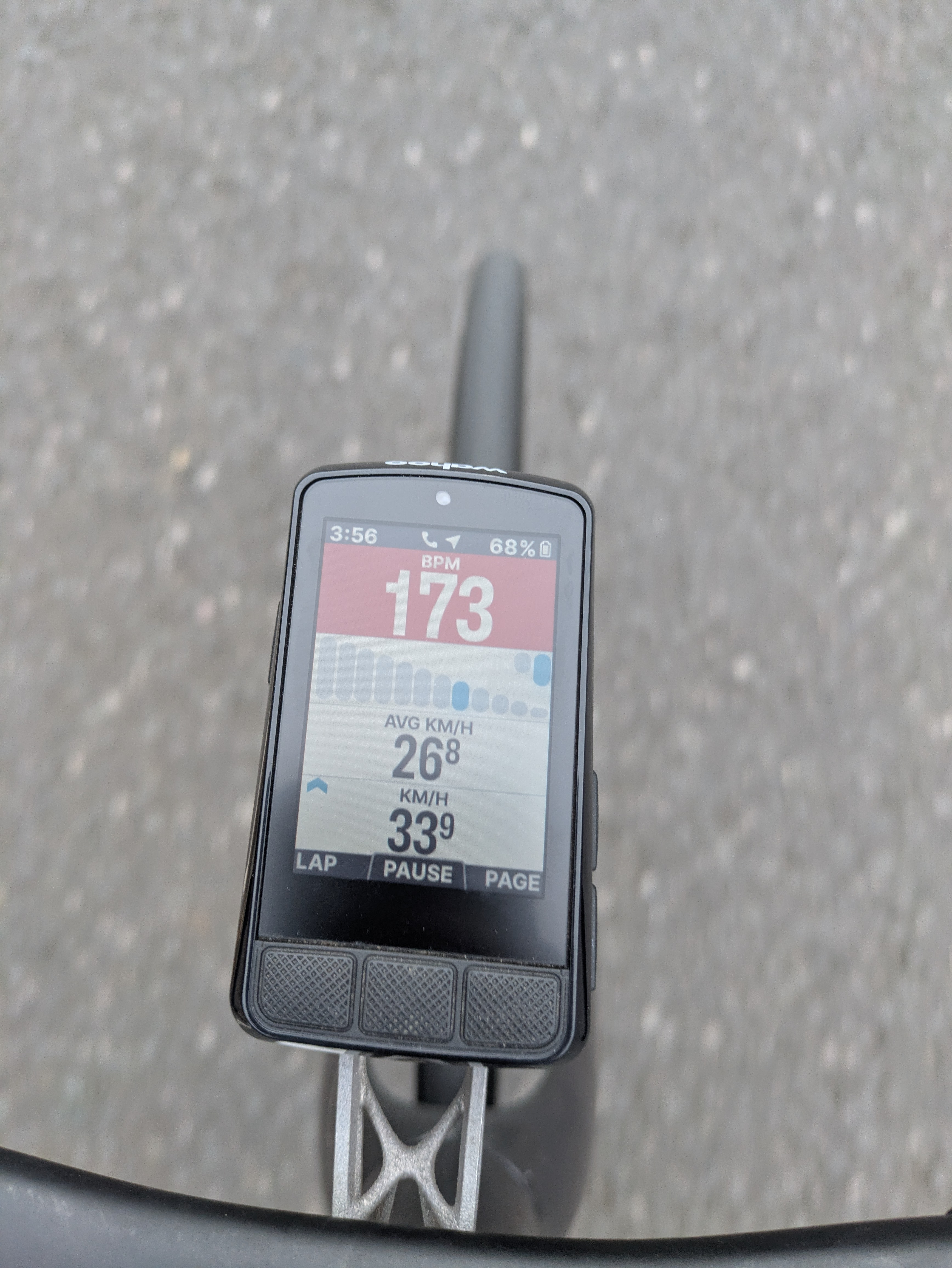
It’s natural when it’s cold, and especially when it’s wet, to adopt a ‘let’s get this over with’ attitude and put the hammer down, but I’d urge caution. Let’s take my commute, which is more or less exactly 25km long. If I take it at a decent, but not absurd pace, I’ll average 28km/h and arrive in relative comfort.
If I absolutely gun it, I could average 30km/h, end up gasping and sweaty and devoid of all composure for my first tasks of the day, all for a saving of around 3.5 minutes. If this were a time trial, then this makes sense, but no matter what the men on the Bristol to Bath bike path may have you believe (and it's always men, before anyone piles into the comments), nobody is winning the commute. Set off a little earlier, get a bit less sweaty, enjoy the view, and even build in a buffer should a puncture befall you. Which brings me on to the next tip.
Tubeless, or at least tough tyres
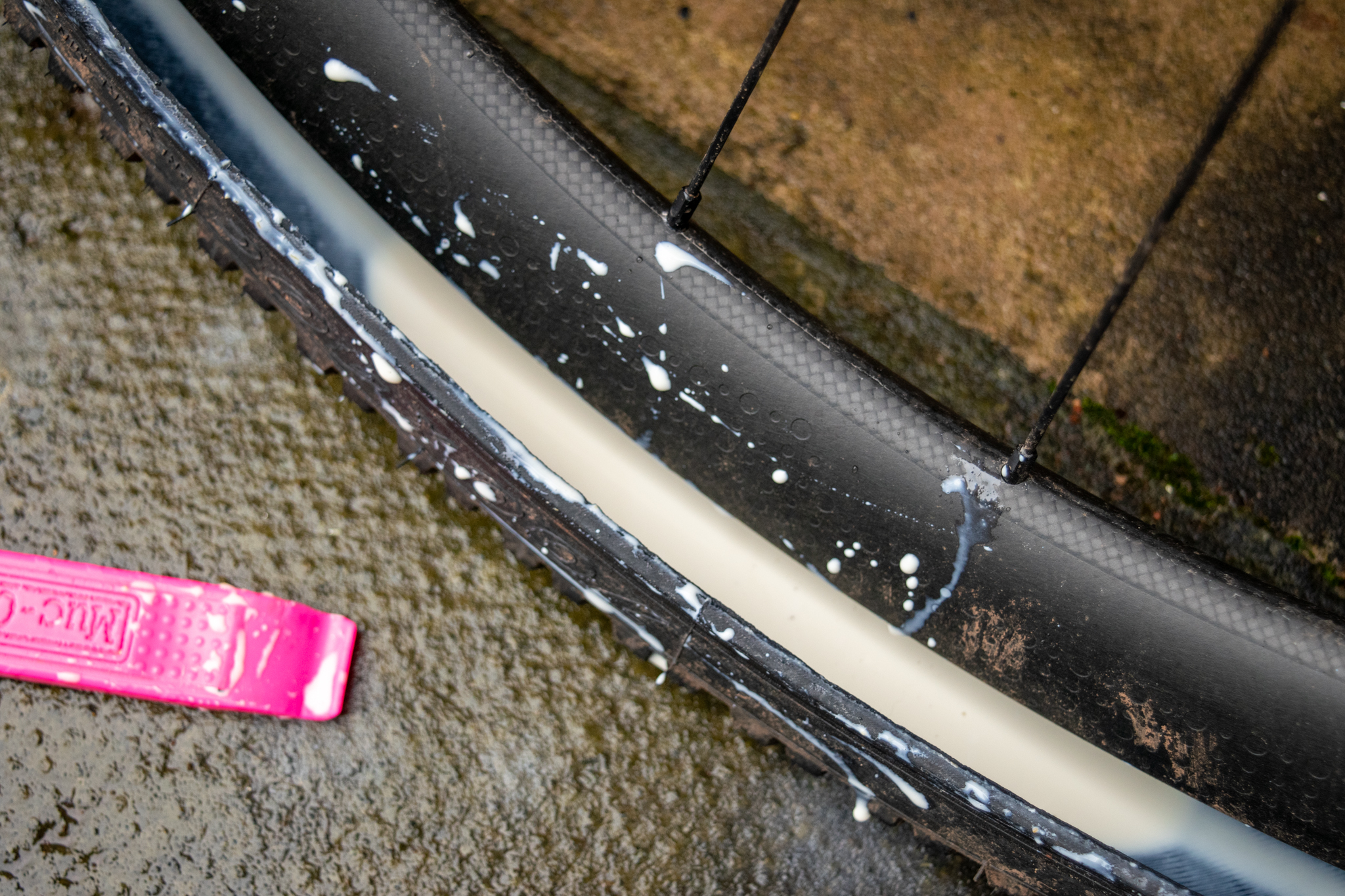
I used to be a staunch tubeless hater, and my colleague Tom still insists that tubes are the way to go on road bikes. For commuting, you really want to do all you can to avoid punctures. Nothing sets you up for a bad day at the office like having to take a rear wheel out from a mudguard-equipped bike and try and repair the hole.
Commuting routes often take in more potholes, glass, and general debris that has gathered at the roadside, and a tyre carcass full of goo is far more adept at dealing with the small holes these create than standard tubes are. Just make sure you use decent sealant - If I had to offer my pick, it’d be Stan’s, Stan’s race, WTB, or Juice Lubes. If you pick your sealant poorly, you’ll not only have tyres that are still susceptible to punctures, but also an absolute mess to deal with when they don’t seal.
If you must still stick with tubes, then opt for a set of tyres that prioritise puncture protection. Pirelli's Cinturato Velo, or the ever-popular Continental Gator Hardshell, may not have the ride characteristics or speed of the best road bike tyres, but getting to work puncture-free is always better than getting to work fast and having to get the tyre levers out halfway.
Decent lights
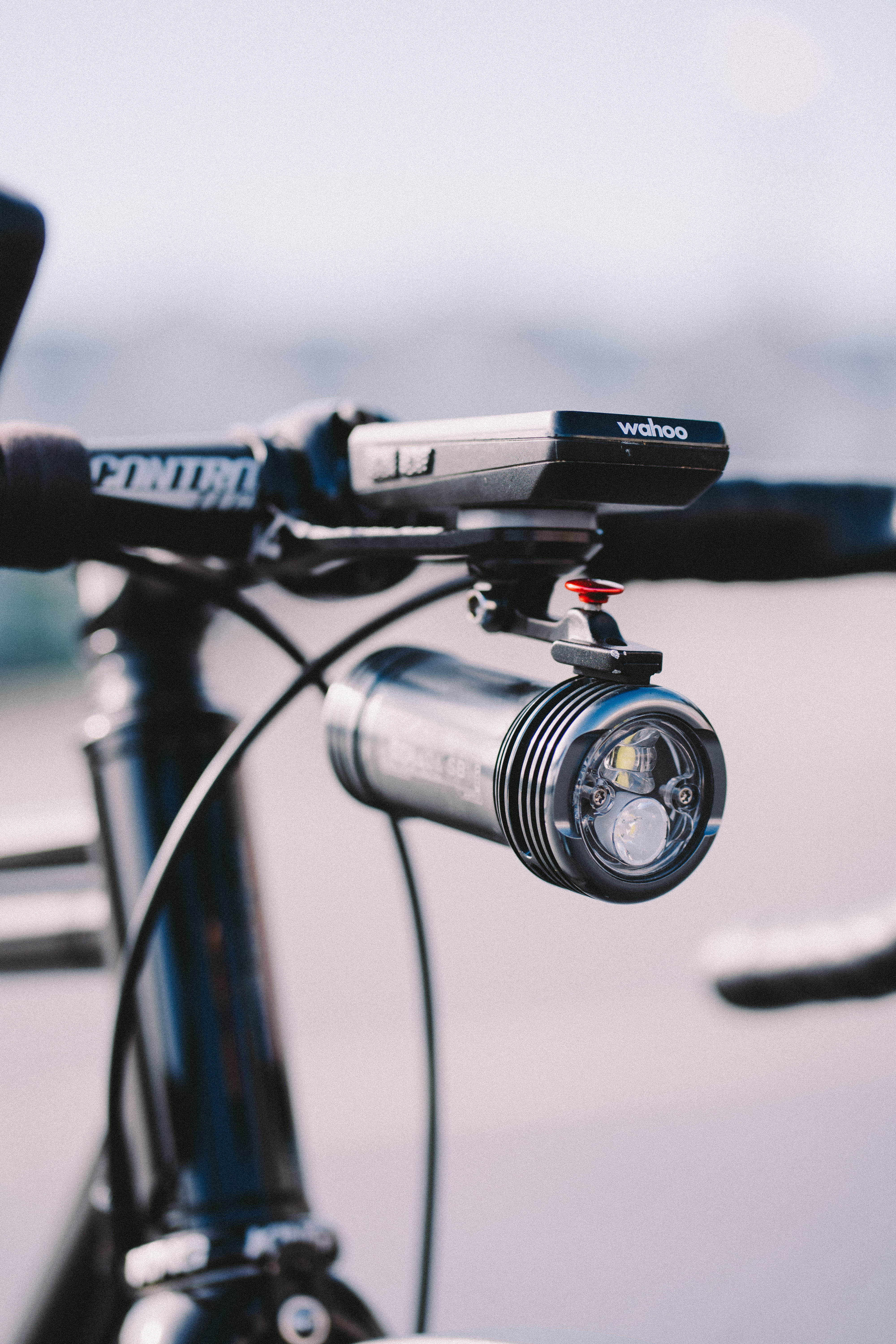
While we have a comprehensive guide to how bright your bike lights should be, having a really good set of the best bike lights over and above the minimum requirements is advantageous for one key reason: the bigger the light, the bigger the battery and the less frequently you have to charge it.
Running out of juice on your bike lights is not only annoying, but unsafe, and so if you go for a set of lights that are slightly more powerful than you need and run them on a lower setting then the battery will have more of a power buffer, enabling you to not have to worry about charging them every time you get to your desk.
Treat yo’self
A dangerous phrase, but one I often mutter to myself as I pull up at the bakery a kilometre shy of my office door to order my customary bacon sandwich and chelsea bun.
Even when you do everything to make life comfortable, sometimes commuting is still grim, and you shouldn’t be adverse to treating yourself with a little reward once in a while. You’re likely saving money every ride to and from work on train fares, or fuel and parking costs, and whether it’s a posh coffee, a bun, or a nicer lunch than the basic meal deal, you’ll probably still be better off than if you drove or took the train, and more likely to continue riding even when it’s nasty outside.
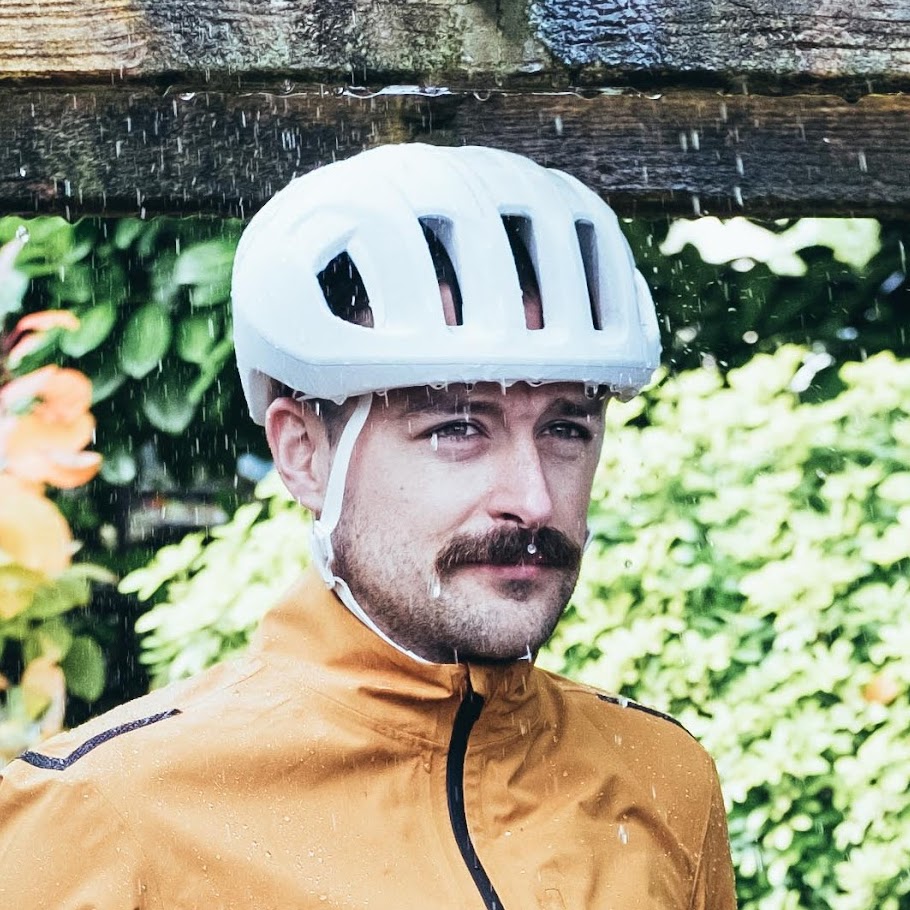
Will joined the Cyclingnews team as a reviews writer in 2022, having previously written for Cyclist, BikeRadar and Advntr. He’s tried his hand at most cycling disciplines, from the standard mix of road, gravel, and mountain bike, to the more unusual like bike polo and tracklocross. He’s made his own bike frames, covered tech news from the biggest races on the planet, and published countless premium galleries thanks to his excellent photographic eye. Also, given he doesn’t ever ride indoors he’s become a real expert on foul-weather riding gear. His collection of bikes is a real smorgasbord, with everything from vintage-style steel tourers through to superlight flat bar hill climb machines.
You must confirm your public display name before commenting
Please logout and then login again, you will then be prompted to enter your display name.
